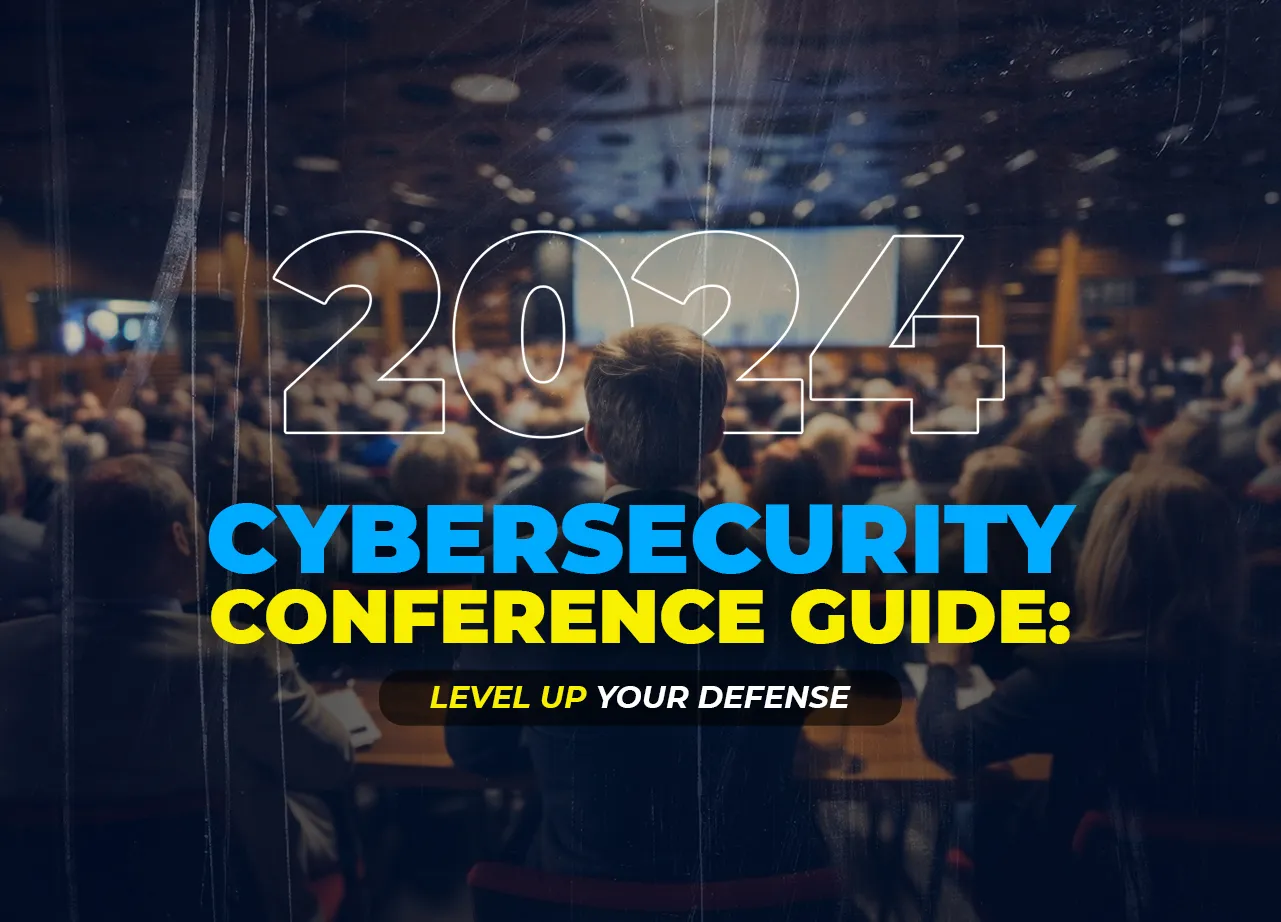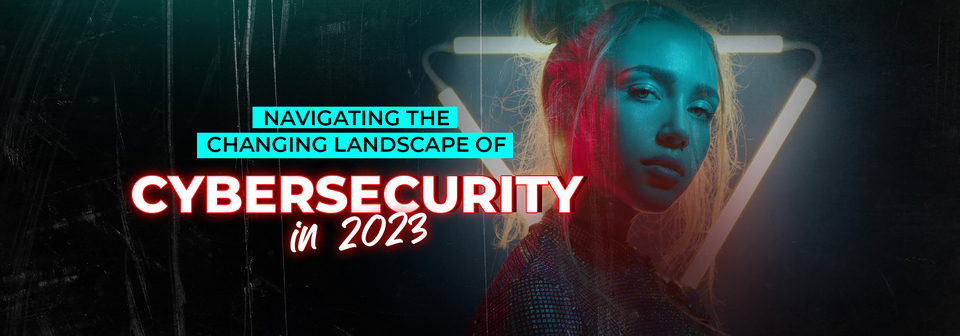
Cybersecurity has elevated to a top priority for both individuals and businesses in the current digital era. As we approach 2023, it is essential to understand the latest trends in Cybersecurity to stay ahead of potential threats. Cybercriminals are becoming more sophisticated, and it is becoming increasingly challenging to protect data and systems from cyberattacks. Therefore, organizations need to be aware of the emerging trends in Cybersecurity to mitigate these risks.
PeoplActive is an ISO 27001:2013 certified leading tech hiring platform. By utilizing an exclusive network of 4000+ Silicon Valley calibre tech talent specialized in 100+ in-demand IT skills, it was pretty easy for businesses to hire game-changing engineers and developers in just 48 hours. So, if you want to accelerate your business, schedule a quick call with our experts now.
Come let’s explore some of the top Cybersecurity trends that we can expect to see in 2023, including the increased use of AI and machine learning, zero-trust security models, supply chain security, cloud security solutions, and the growing importance of Cybersecurity in everyday life.
Table of Contents
ToggleTop Cybersecurity Trends to watch in 2023
Artificial Intelligence (AI) and Machine Learning (ML) in Cybersecurity
The use of AI and ML in Cybersecurity is becoming more widespread as cybercriminals become more sophisticated in their attacks. AI and ML can help organizations detect and respond to threats more quickly and accurately. These technologies can analyze massive amounts of data and identify patterns that humans may miss. In 2023, we can expect to see more advanced AI and ML tools being used in cybersecurity.
Zero Trust Architecture
According to the Zero Trust Architecture (ZTA) security model, all users and devices must first authenticate and receive authorization before they can access any resources. In other words, ZTA assumes that everything is a potential threat and requires constant verification. This model is becoming more popular as organizations move away from perimeter-based security models. In 2023, we can expect to see more organizations adopting ZTA to improve their Cybersecurity posture.
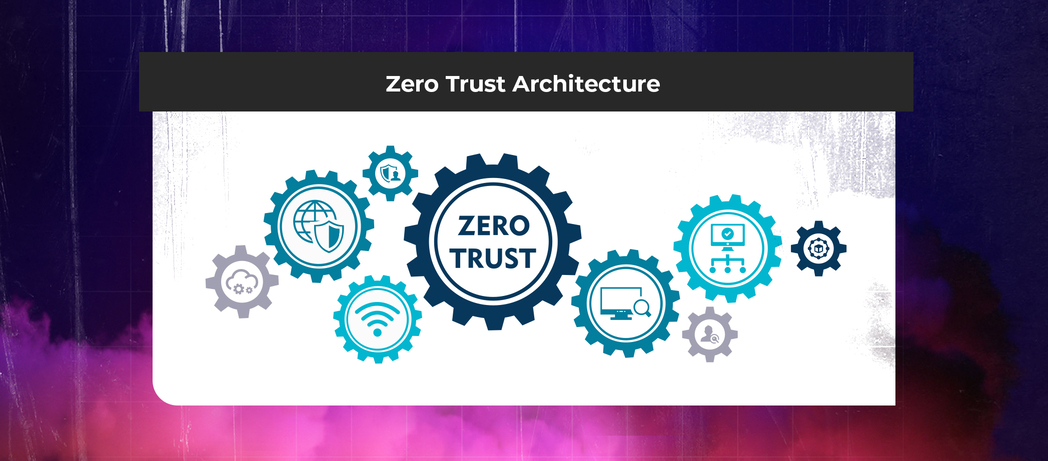
Cloud Security
As more organizations move their data and applications to the Cloud, Cloud Security becomes increasingly important. Cloud providers offer robust security features, but it’s still the responsibility of the organization to secure their data. In 2023, we can expect to see more organizations adopting Cloud Security best practices, such as data encryption, access controls, and regular backups.
YOU HAVE DATA WE HAVE A WAY TO PROTECT DATA
Internet of Things (IoT) Security
The network of physical objects, including machinery, transportation, home appliances, and other things, that are equipped with electronics, software, sensors, and communication is known as the Internet of Things (IoT). The increasing number of IoT devices being used in both personal and business settings poses a significant security risk. In 2023, we can expect to see more attention being paid to IoT security, with organizations implementing better security measures for these devices.
Cybersecurity Talent Shortage
The demand for Cybersecurity professionals continues to grow as organizations seek to protect themselves from cyber threats. However, there is a shortage of skilled Cybersecurity professionals to meet this demand.
Trust PeoplActive to hire experienced Cybersecurity professionals.
Ransomware Attacks
Ransomware attacks are a growing threat to organizations of all sizes. These attacks involve cyber criminals encrypting an organization’s data and demanding a ransom in exchange for the decryption key. In 2023, we can expect to see more sophisticated ransomware attacks, with cyber criminals using AI and ML to identify vulnerabilities and launch targeted attacks.
Also Read: Evolving Threats and broadening responses to Ransomware in the UAE
Phishing Attacks
Phishing attacks remain one of the most common types of Cyber attacks. These attacks involve cyber criminals tricking users into giving up sensitive information, such as login credentials or credit card numbers. In 2023, we can expect to see more sophisticated phishing attacks, with cyber criminals using AI and ML to create more convincing phishing emails.
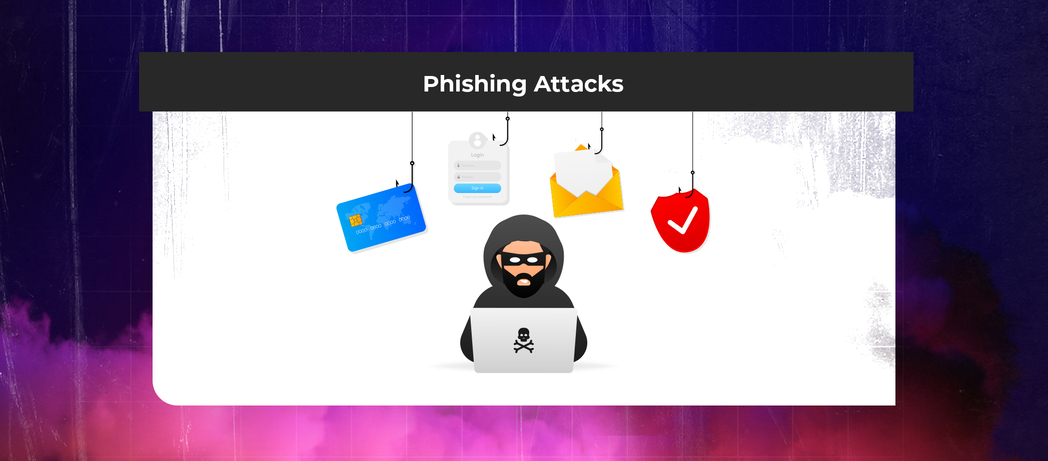
Blockchain Technology
The adoption of blockchain technology in Cybersecurity is likely to increase in 2023. Blockchain provides a secure method of storing and sharing data, making it an ideal solution for industries that require high levels of data security, such as finance and healthcare. By using blockchain technology, organizations can ensure that their data is tamper-proof and that any changes made to it are tracked and audited.
Biometric Authentication
Password-based authentication is no longer considered secure, as passwords can be easily compromised. In 2023, we can expect to see an increase in the use of biometric authentication, such as facial recognition and fingerprint scanning. These methods provide a more secure way of authenticating users and are much harder to hack than traditional passwords.
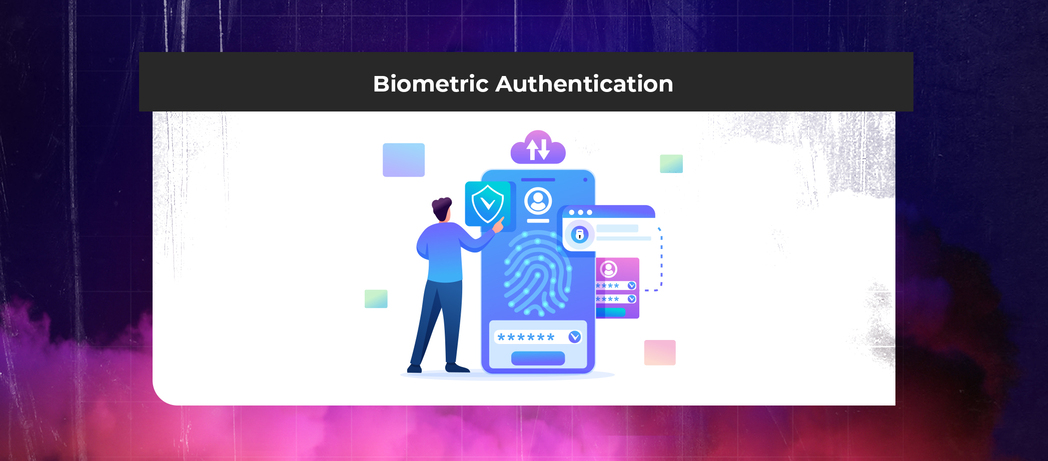
Threat Intelligence Sharing and Collaboration
In 2023, we can expect to see an increase in the sharing of threat intelligence between organizations. By sharing information about cyber threats, organizations can better protect themselves against future attacks. Collaboration between organizations can also lead to faster response times, as organizations work together to contain and mitigate cyber incidents.
Privacy Regulations
Privacy regulations such as GDPR and CCPA have already had a significant impact on cybersecurity policies. In 2023, we can expect to see more countries adopt similar regulations, further shaping cybersecurity policies and practices.
Quantum Computing
Quantum Computing has the potential to revolutionize Cybersecurity, but it also poses a significant threat. Quantum computers can break many of the encryption methods that are currently used to secure data, rendering them obsolete. In 2023, we can expect to see more focus on developing quantum-resistant encryption methods and other security solutions that can withstand quantum-based attacks.
Summing it up
The Cybersecurity landscape is rapidly evolving, and organizations must be prepared to adapt to the latest trends and developments to protect against cyber threats. In 2023, we can expect to see significant changes in the way organizations approach Cybersecurity, including the increased use of AI and Machine learning, a more proactive approach to threat detection, a focus on Cloud Security, and the challenges presented by the IoT and data privacy regulations.
Therefore, it’s vital to have access to the right expertise and resources to address these challenges effectively. Our Cybersecurity Consulting Services can help businesses to identify vulnerabilities, develop security strategies, and implement robust Cybersecurity measures to protect against cyber threats. Our team of experienced Cybersecurity professionals stays up-to-date with the latest trends and technologies, ensuring that we can provide customized solutions that meet the specific needs of our clients.
Hire Top 5% Cyber Security Experts You IT Team Needs

